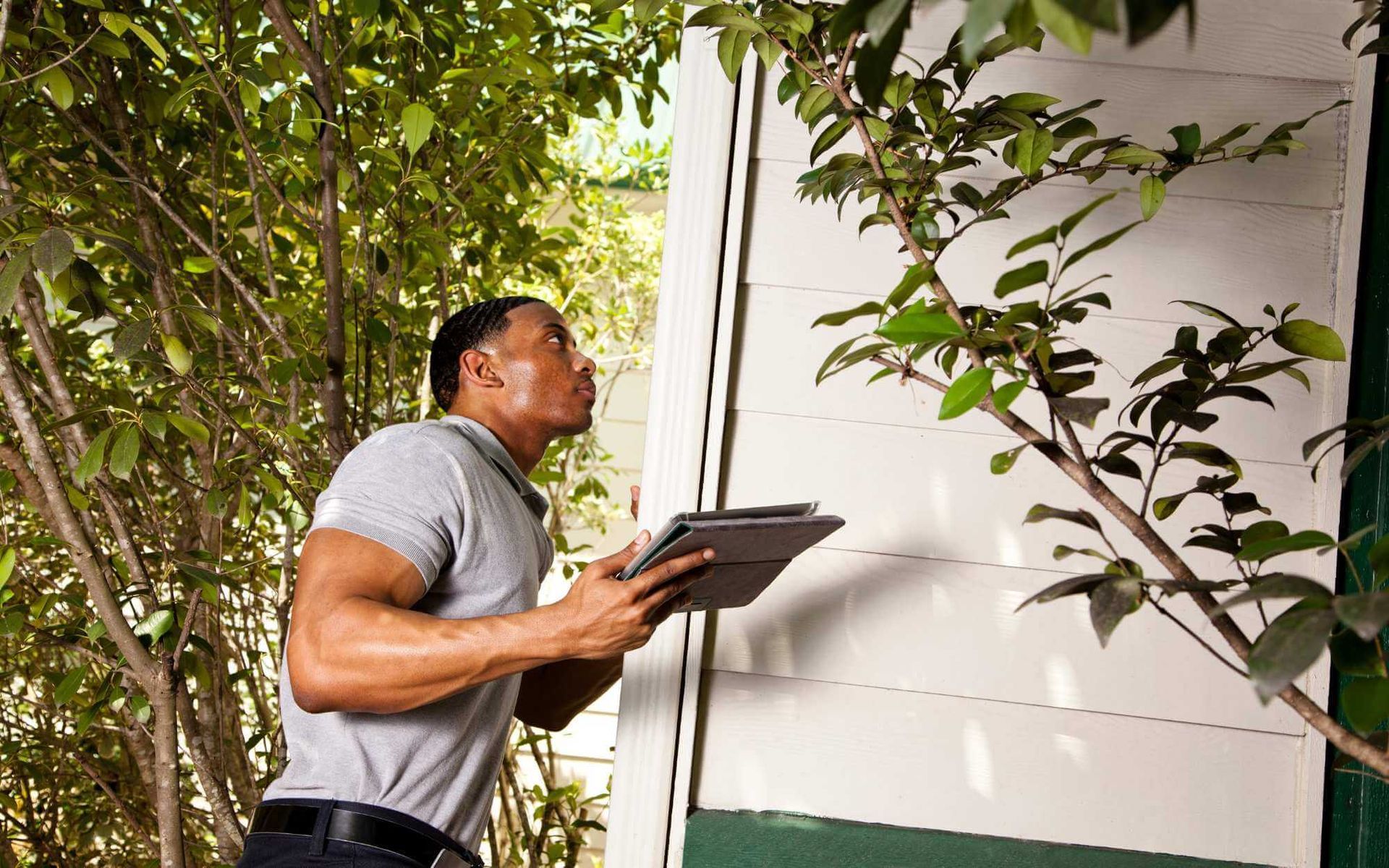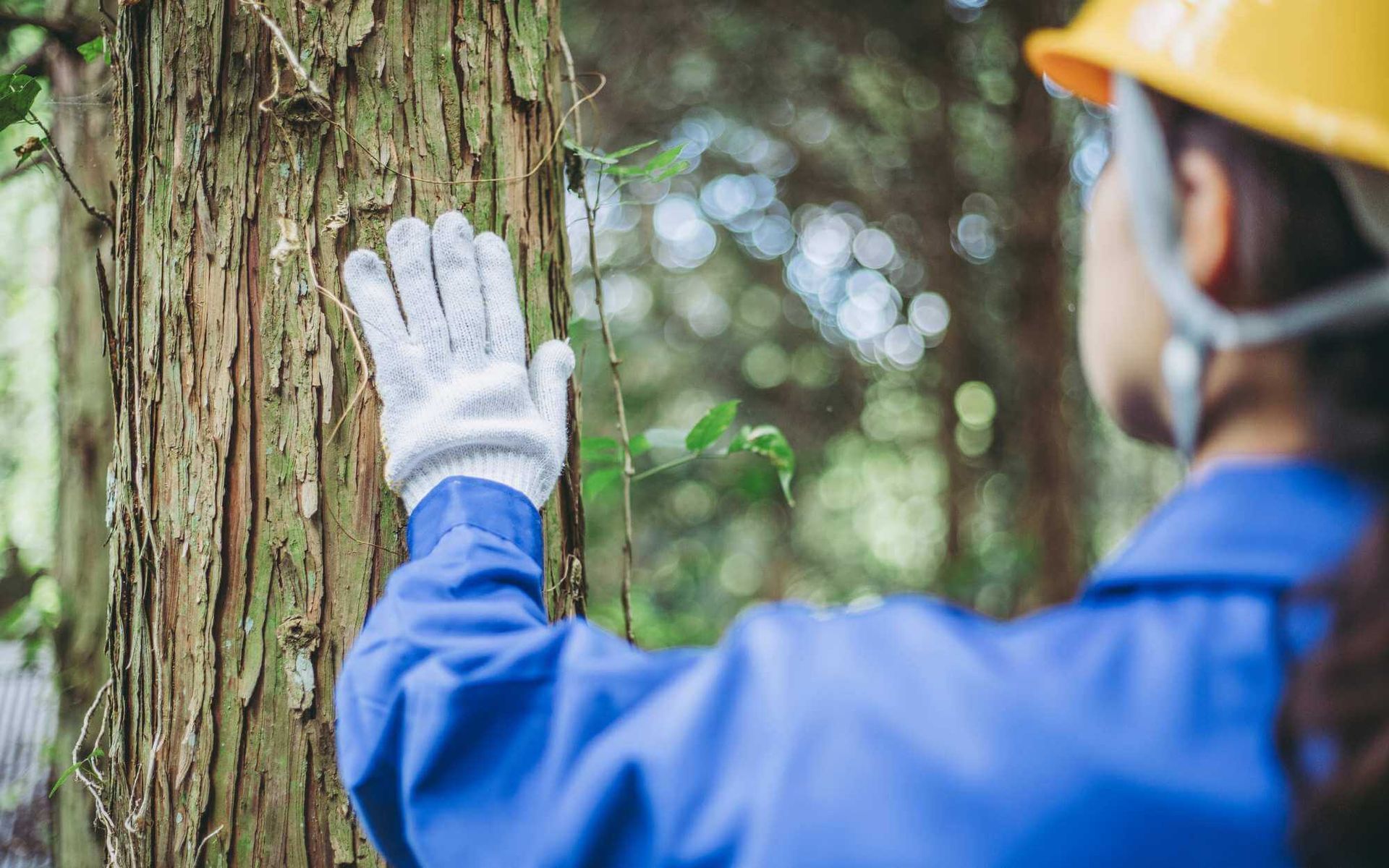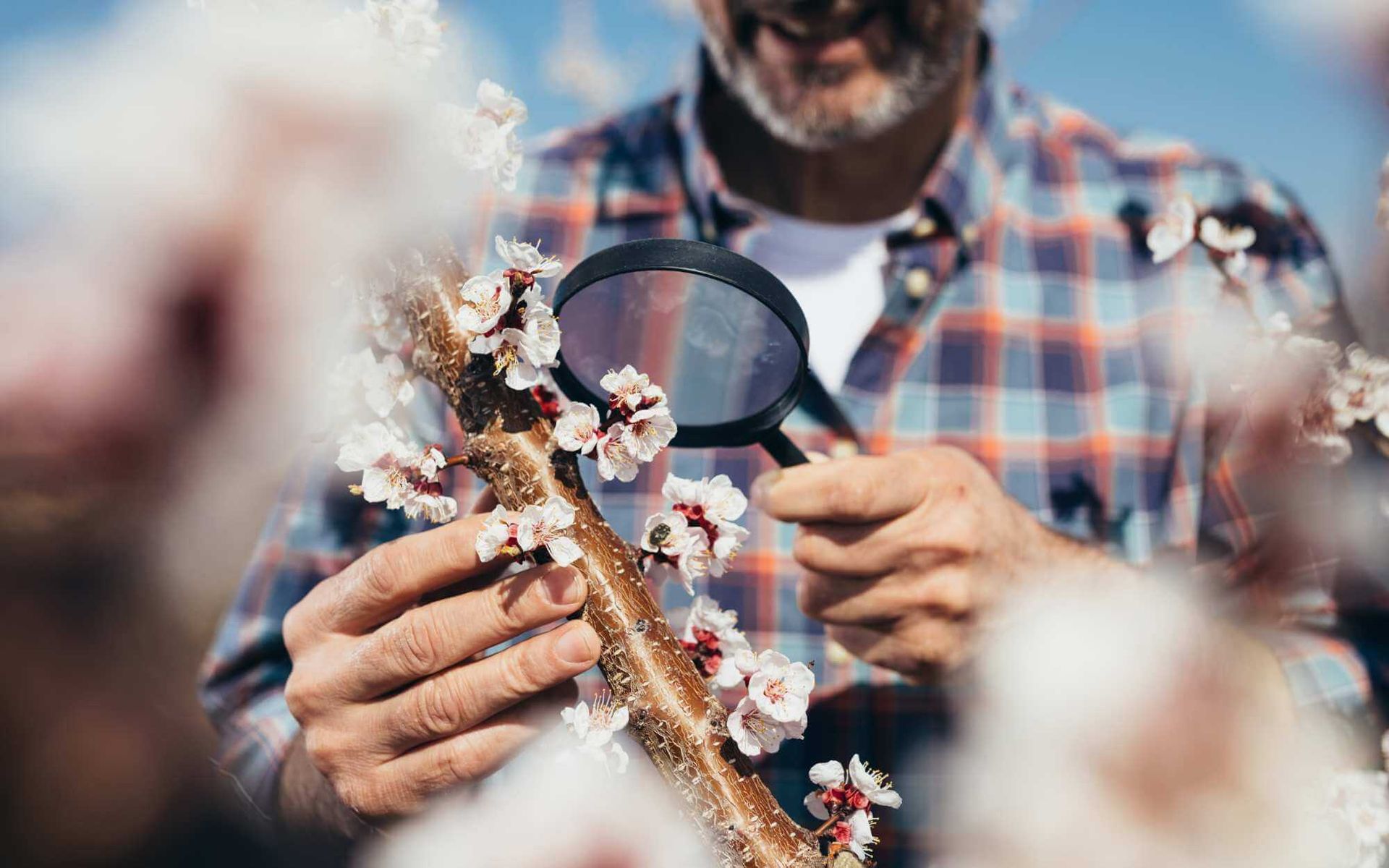Real Tree Team
Arborist, Tree Service and Tree Removal Services
License #: FL-10250A
CALL FOR A FREE QUOTE!
Insect Pest Identification and Tree Protection
PUBLISHED ON
SHARE THIS ARTICLE

Nature's bounty, in the form of verdant trees, graces our landscapes with beauty and life. However, these living pillars are under constant threat from tiny adversaries: insect pests.
Properly identifying these insects is not a mere fascination of entomologists but an essential step towards maintaining tree health and protection. Recognizing the harmful insects is the first step in a line of defense that makes a significant difference in the survival of trees and, ultimately, in preserving our stunning natural landscapes.
This blog aims to educate you about common insect pests and their signs, so you can protect your trees and keep them strong and flourishing for years to come.
Key Factors to Consider When Identifying Insect Pests

Identifying insect pests is a crucial skill for tree protection. We'll be discussing three elements to look out for: appearance, behavior, and damage.
When it comes to identifying insect pests, there are three key elements to consider: appearance, behavior, and damage. By understanding these aspects, you can accurately identify the type of pest and take the necessary steps to mitigate any potential harm to your trees.
Appearance
The physical characteristics of an insect can provide valuable clues about its identity. The size, color, shape, and number of body parts are all essential factors to note when trying to determine the type of insect pest. For example, the emerald ash borer is a small beetle with an elongated green body, while the gypsy moth has a fuzzy appearance with distinctive red and blue spots.
Behavior
Insect pests have unique behaviors that can also aid in identification. Some pests may be more active during certain times of the day or year, while others may exhibit specific feeding habits or movement patterns. For instance, the fall webworm creates webs around tree leaves for protection, while the Asian long-horned beetle bores into tree trunks to lay its eggs.
Damage
Perhaps the most obvious way to identify insect pests is through the damage they leave behind. Insects can cause various types of damage, such as leaf chew marks, holes in tree trunks, or wilting and discoloration of leaves. By recognizing these signs, you can pinpoint the type of pest and take appropriate measures to prevent further harm.
Ways to Identify Tree Pests and Diseases

As an essential component of pest and disease management, identifying pests and diseases is crucial for maintaining tree health. Here are some common methods and tools used to identify these threats:
Visual Inspection
Visual inspection involves closely examining the tree's bark, leaves, branches, and overall appearance for any signs of pest or disease infestation (e.g. dieback, aphid, gall, fungal infection, and more). This method is best used during the growing season when insects and diseases are most active.
Traps and Baits
Traps and baits are useful tools for identifying specific types of pests. These devices use pheromones or other attractants to lure insects, making it easier to identify and monitor their presence. For example, sticky traps can be used to capture and identify flying pests like fruit flies.
Microscope Analysis
In some cases, a microscopic examination of plant tissue or insect specimens may be necessary to determine the type of pest or disease. This method is commonly used when dealing with microscopic pests like mites or diseases caused by fungi.
DNA Testing
DNA testing is a more advanced method of identification that involves analyzing the genetic material of insects or plant samples. This technique is especially useful for identifying new or unknown pests and diseases.
Mobile Apps
Thanks to technology, there are now mobile apps available that can help identify any tree pest or disease in various tree species. These apps use image recognition software and a database of common pests to identify the issue quickly.
Expert Consultation
When in doubt, it's always best to seek guidance from experts in the field. Certified arborists and local extension offices can provide valuable insight and assistance in identifying insect pests and tree diseases. They may also offer recommendations for treatment and management strategies.
Be a bug detective with this tree guardian's guide!
Identifying insect pests is a critical step in preserving plant health and protecting our natural landscapes. By paying attention to appearance, behavior, and damage, along with using various identification methods and consulting experts when needed, we can effectively manage and mitigate the threats posed by these tiny adversaries.
So put on your detective hat and keep a close eye on your woodland to ensure it stays strong and flourishing for years to come! If you need help, don't hesitate to reach out to professionals who specialize in
tree care and protection. Together, we can keep our forestry healthy and thriving for future generations to enjoy.
Want a free quote or some friendly advice? Call our team today:
More Posts From The Real Tree Blog:
ISA Certified Arborists. Licensed, Insured and Bonded.
Providing the Highest Quality Tree Services to South Florida since 1993.
FOLLOW US ON :
Contact Details
BROWARD & PALM BEACH COUNTIES
Site Links

LGBTQ+ Friendly

ISA Certified Arborist®
FL-10250A
| Real Tree Trimming & Landscaping, Inc




